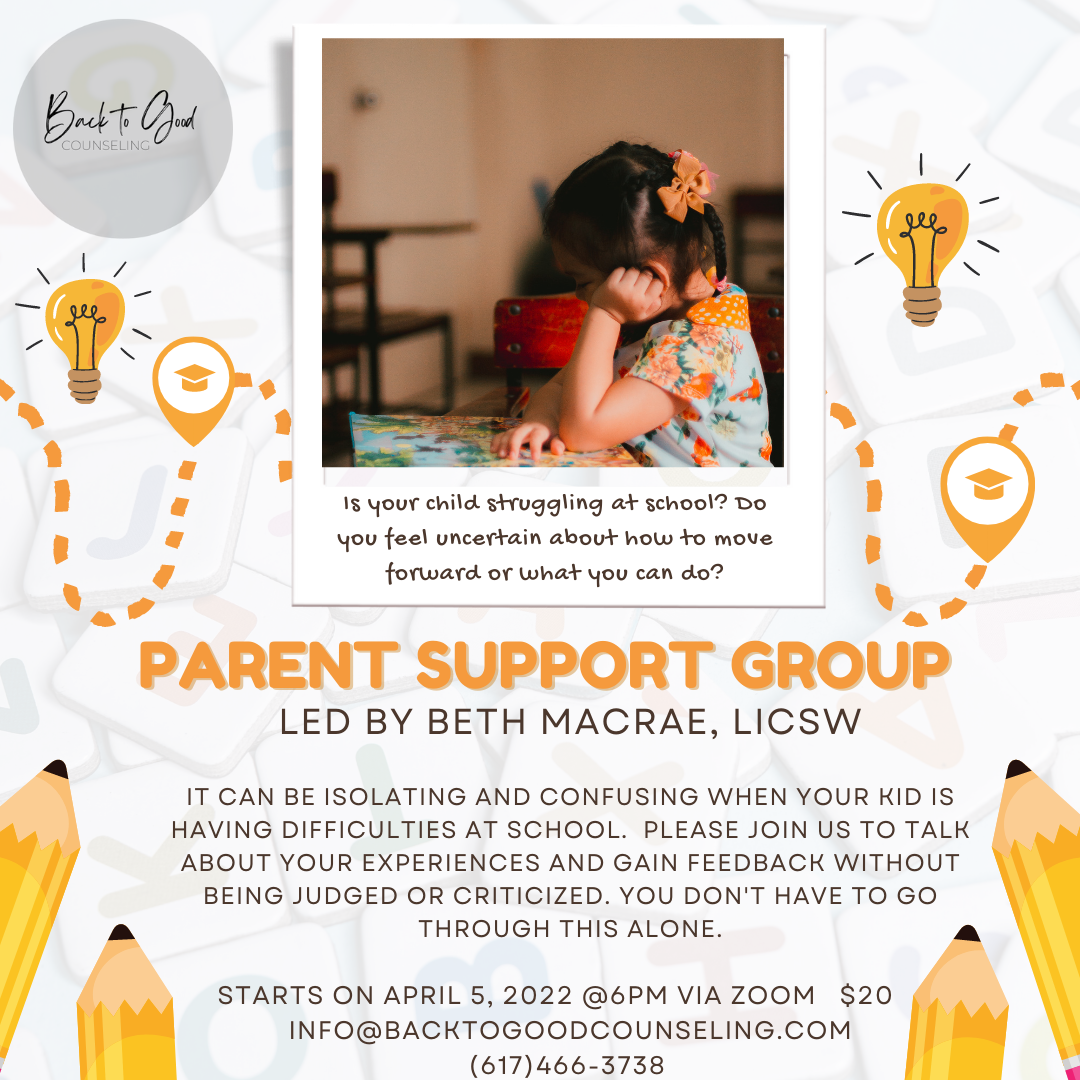Breathing? Seriously?
author: Paige Van Norstrand
You feel constantly anxious, rapid-fire thoughts streaming through your head, a pit in your stomach, so many worries and ideas and moments of dread that you can hardly see straight. Sometimes it feels like you’re going crazy. Sometimes you wake up and can’t believe you have to go through another day feeling like this.
You work up the nerve to describe all of this to your new therapist. Your therapist nods, summarizes, responds insightfully - she really gets it. But then she describes the first-line intervention for anxiety and you can’t believe it. She starts talking about breathing.
Seriously? Breathing? Surely in the 21st century there’s something more sophisticated, more mysterious than just pushing air in and out of our lungs … right?
Breathing, the why: there are several reasons breathing is a first-line recommendation from therapists. Here are three great explanations to get the conversation started.
Distraction. When stressed or anxious thoughts are triggered, finding a way to interrupt those rapid-fire thoughts is tough; the thoughts just spiral on and on. Rather than trying to rationally calm your brain, switching focus to breathing can be a faster, easier way to quiet the noisy thoughts. Counting breaths, noticing the physical movement of your abdomen, and thinking about getting a full breath can be effective ways to shift the gears of your brain away from racing thoughts.
Mindfulness. Stress and anxiety bring us out of the present and trap us in the past and future. Mindfulness is a practice that sets us into the one place where we can be effective in managing our lives: the present. Breathing promotes mindfulness practice by slowing down our thoughts, helping us notice our surroundings and observe our physiological sensations, and bringing into focus the here and now where we have choices about how to interact with our environment.
Nervous System. Turning to the neuroscientific perspective, breathing puts our hands on the steering wheel of our nervous system. The autonomic nervous system is made up of two opposite and complementary systems. The sympathetic nervous system (SNS) acts as a kickstarter when we encounter stressors - the fight-or-flight instinct is rooted in the SNS, and provides automatic, instinctual responses to threats. Its counterpart is the parasympathetic nervous system (PSNS), which operates as the brake to those lightning-fast instincts. The PSNS serves to slow down the heart rate, reduce the effects of adrenaline, and create a relaxed physical and mental state (ie. rest-and-digest). The captain of Team PSNS is the vagus nerve, a cranial nerve that stretches from the brainstem all the way down to the colon. It provides feedback to the brain about how the organ systems are operating, from heart rate to digestion. Ideally, the SNS and PSNS will work together to keep an optimized state of engagement with the world - responsive to stimuli, and able to relax and return to baseline when the threat or stimulus is removed.
Stress and anxiety can trap us in the SNS, which starts to feel like a maze of hypervigilance - rapid-fire thoughts, bursts of adrenaline, difficulty focusing or sitting still, feeling on edge. Our brains naturally protect us by firing up the SNS when there is a perceived threat, but the SNS does not differentiate between a real threat (bear attack! Earthquake! gunfire!) and a more 21st century-style stressor (pile of bills! Conflict with partner! Worries about career path!). While we optimally hope that our SNS and PSNS pair together for ying-yang style balance, the SNS can easily get overworked when we aren’t able to reduce our stress and anxiety. In fact, when our breathing is dysregulated, scientists tell us that the amygdala (the “fear center” in our brains), can become overactive, a process referred to as “amygdala hijack”, a constant state of fight-or-flight.
Fortunately, we are able to stimulate the vagus nerve and fire up the PSNS with the simple, cost-free intervention of breathing. The conscious act of slowing down our breathing and taking full, measured breaths kicks in the PSNS to slow down heart rate and blood pressure. Stimulating the vagus nerve with slow, conscious breaths can help it send messages to your organs that all is safe and they are free to relax.
When your therapist recommends deep breathing exercises, they may not list all these juicy details - but now you know the secret to why breathing is a trend that will always be in style.
Breathing, the how:
There are as many breathing exercises as there are therapists in the world - and fortunately, there is no magic in the strategy you try. Here are the essentials: pay attention to your breath, both inhalation and exhalation; consciously seek a full breath that fills your diaphragm or belly; slow down your rate of breathing.
Here are two simple exercises you can try. Google will give you endless additional ideas if you want more! While experimenting with breathing techniques, it is helpful to sit in a comfortable position with straight posture and feet on the floor.
Five count: Count to five while inhaling, focusing on filling your belly with air. Then count to five while you consciously exhale. Repeat for a total of five breaths.
Box breathing: popular because a mental image accompanies this exercise, and can also include the physical movement of tracing a square in the air while breathing. Visualize a box. With your pointer finger, trace a line going straight up in front of you while counting to four and consciously inhaling. Trace a line extending horizontally to form the top of the box while holding your breath for a count of four. Trace the line vertically down while consciously exhaling and counting to four. Complete the box with one more horizontal line while holding your breath in the ‘exhale’ position. Repeat this four times.
Parent Support Group: Navigating Your Child's School System
Hold Me Tight™ Relationship Education Workshop
It’s no surprise that couples are having a tough time during the pandemic. Common complaints include: “we are in the same house all the time but barely see each other. We’re more alone than ever” or “we are fighting all the time - there’s no space to move!” or “all those issues we swept under the rug for years have come back full force due to all this stress.”
Couples tell us they want to feel less alone in their struggles. They want new tools and strategies to better communicate and manage conflict. And they want to have hope in their relationship again.
For these reasons we are offering an 8 session Relationship Education Workshop for couples. Cheaper than therapy, this format offers a way to build community, learn new skills, and structure intentional time together.
What: Relationship Education Workshop based around the empirically validated approach to couples work by Dr. Susan Johnson
Where: Zoom!
When: TBD
Why: To connect as a couple in deeper and more satisfying ways
How: Each session will be broken into 3 parts:
Psychoeducation: topic of the day is explored through presentation, video clips, and discussion
Breakout rooms for couples: each couple will have a chance to privately practice new skills and strategies. Facilitator will visit each couple to address questions/concerns and provide guidance around incorporating new material into practice
Final group discussion: couples will have a chance to discuss information in group format.
****Participation in discussions is optional. Some people like to share while others do not****
How Much: $50/session plus cost of book (Hold Me Tight: Seven Conversations for a Lifetime of Love by Dr Susan Johnson)
Please give us a call to find out more. Take care of yourselves, my friends.
It seems like everyone has anxiety right now. When should I get help?
If I had a quarter for all the moments I’ve heard the phrase “ unprecedented times” in the past six months I’d probably be able to buy myself a full body Swedish massage (which would be very helpful, considering the subject matter being discussed at the moment). The point is, we are all uncertain, fearful, and worried. Anxiety right now is normal. It’s common. But when does it cross the line into something like a disorder?
According to the Diagnostic and Statistical Manual of Mental Disorders (DSM–5), the official criteria for Generalized Anxiety Disorder (GAD) are:
1) Excessive worry and anxiety about a variety of topics. Anxiety occurs more days than not for at least six months.
2) The worry is very difficult to control. The worry can easy shift from one topic to another.
3) The worry and anxiety also include at least three of the following physical and cognitive symptoms:
Restlessness or agitation
Fatigue
Difficulty with concentration or feeling like the mind goes “blank”
Irritability (directed inwards towards self or outwards towards others)
Muscle aches and soreness
Difficulty sleeping (trouble falling or staying asleep, unsatisfying sleep, restlessness)
The good news is that there are many resources available for those struggling with anxiety. Learning and utilizing simple mindfulness techniques (deep breathing, journaling, progressive muscle relaxation), establishing a good self care routine (ie consistent exercise, good sleep hygiene, nutritious diet), and building a support network (ie trusted friends, family members, therapists, support group) can help. For some people, medication is the best option and can provide immediate relief for the most distressing symptoms. Please don’t hesitate to reach out to a health professional if you need help. No one should go through this alone.



